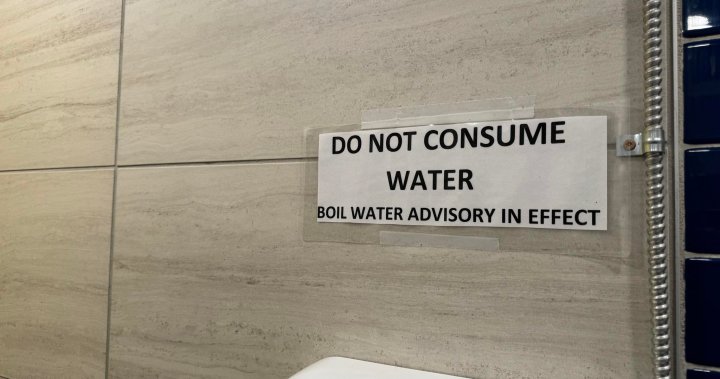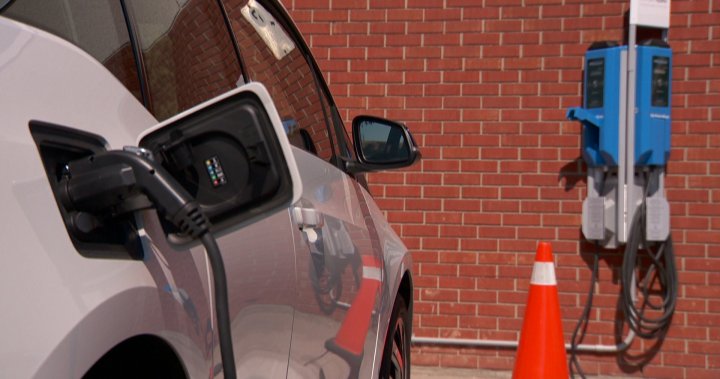NASA will send a golf-cart sized robotic rover to land near the moon’s South Pole in 2023 to search for water ice believed to be hidden in permanently dark craters. It will be the first visit to one of the coldest places where the sun never shines.
VIPER, which stands for Volatiles Investigating Polar Exploration Rover, will touch down beside a crater known as Nobile, where it will spend about 100 days covering about 16-24 kilometres, visiting at least six sites of scientific interest. Equipped with a drill that can penetrate a metre into the lunar surface, it will search for water ice believed to be buried within the lunar dirt.
The south polar region is a unique place on the moon where the sun appears very low in the sky. Like the Arctic in late spring, it makes complete circles around the horizon without setting. But that low sun angle means its rays don’t reach down into the bowls of some deep craters, so they are in permanent darkness where the temperature drops to –248 C, making the region among the coldest places in the solar system.
That permanent cold has preserved ice on the moon for perhaps billions of years. VIPER will determine how much ice is buried there and possibly determine where it came from.
To manage these extreme temperatures, the rover will use the higher ground to charge its batteries with solar panels, then head down briefly into the craters, the first space robot equipped with headlights, to do the ice prospecting.
A large deposit of ice on the moon would be an extremely valuable resource, both as a source of water for moon colonists, and when broken down into hydrogen and oxygen, for rocket fuel and oxygen for the colonists to breathe.

Having those commodities close by on the moon would be far cheaper than bringing them up from Earth. But before the ice is dug up for consumption, there is important scientific work to be done on material that is likely very, very old.
VIPER will carry instruments to analyze the ice to determine if it truly is water ice as we know it on Earth, or a form of hydrogen called hydroxyl and whether there are other materials present such as methane ice. This might provide clues to how the ice got to the moon, whether it was part of the original material that gave birth to our satellite, or whether it came from icy comets that hit the moon and all the planets during the early days of the solar system. There is a story to be told there before we consume it.
NASA’s plan to return humans to the moon, the Artemis Mission, is also targeting the south polar region of the moon partly because of that ice. The idea is to have the moon colony close to a valuable resource.

One other interesting aspect of this mission is how it is being carried out by commercial companies. SpaceX will provide a Falcon Heavy rocket that will reach the moon, while the company Astrobotic is building their Griffin lander to deliver the rover to the surface.
It is yet another example of how NASA is handing over the job of reaching space to the private sector. If the colonization of the moon goes ahead, there will undoubtedly be future companies mining that ice and selling it.
Who knows? Perhaps one day there will be a company selling billion-year-old ice cubes. I wonder how long they would last in a drink?







More Stories
Do Canadians have an appetite for electric vehicles? Experts are divided | Globalnews.ca
Boeing and NASA decide to move forward with historic crewed launch of new spacecraft
ByteDance prefers TikTok shutdown in U.S. if legal options fail, sources say